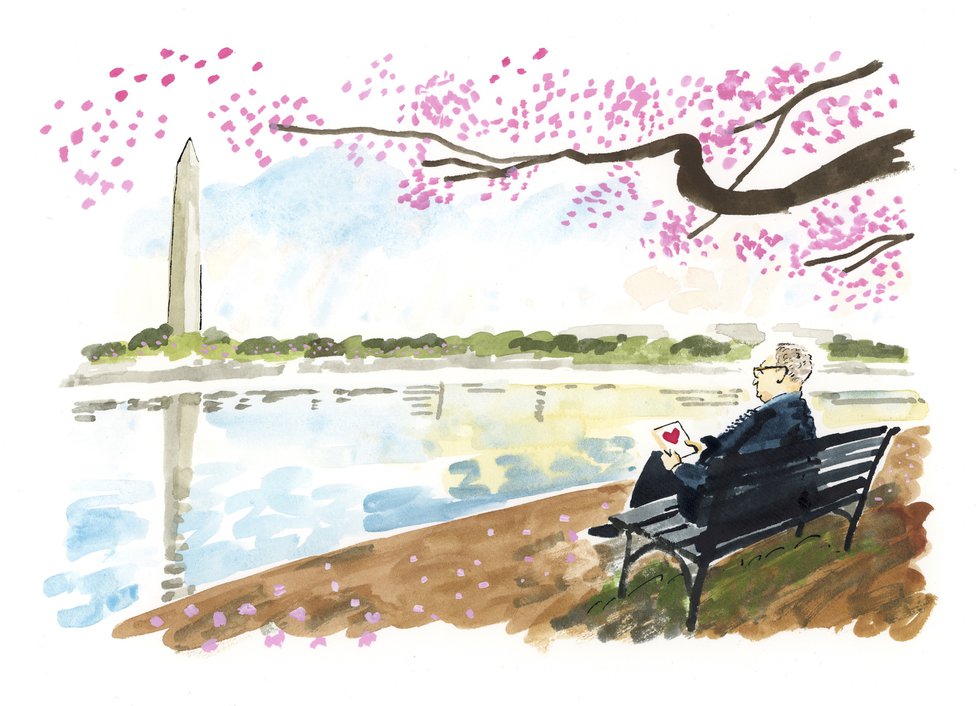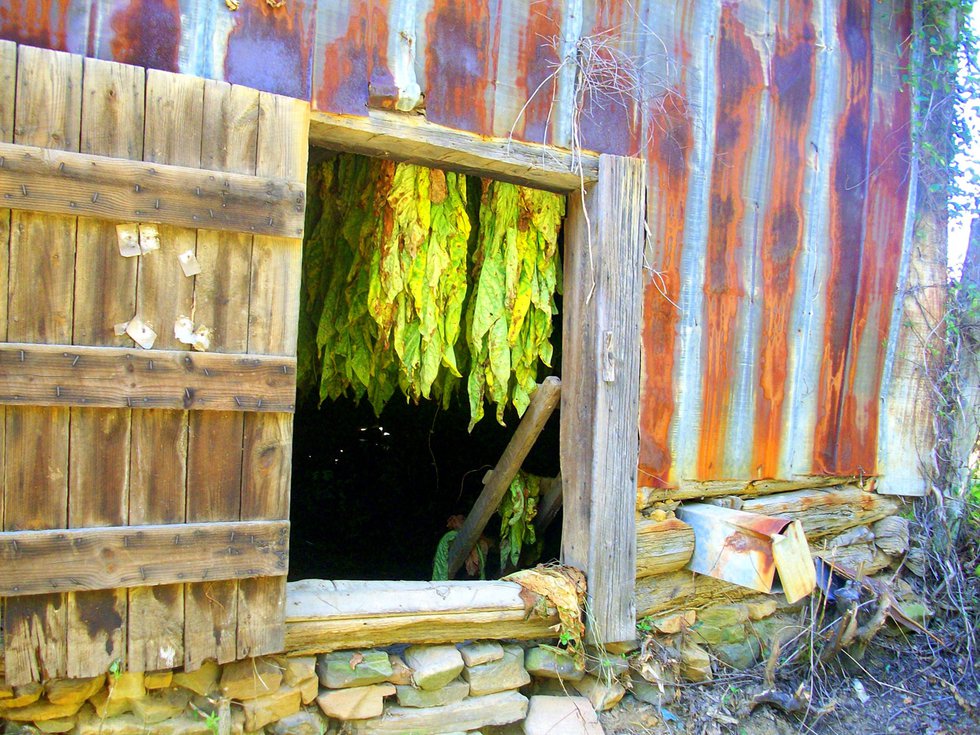If anyone needed a love note in 1972, he did.

In February, when conversation hearts begin showing up on store shelves and long-stemmed roses fill flower shop windows, my thoughts turn to President Nixon’s Secretary of State.
Henry Kissinger entered my life in 1971, when I was just seven. I was visiting my aunt in Washington, D.C., touring its museums and monuments during a hazy, humid summer that included a now-fateful lunch at a small restaurant in Chinatown.
Young and glamorous, Brenda was a United Airlines stewardess during the waning golden years of aviation, when people still dressed up to fly. Although she was 16 years older, we’d grown up together, raised by my grandparents, and we considered ourselves siblings. From her trips, she’d send trinkets from Rio, Athens, or Rome.
She’d begun her airline career in 1967, during the Summer of Love. Based in San Francisco, its epicenter, she’d send psychedelic postcards, enthralling me with tales of Jefferson Airplane concerts and, once, of serving drinks to Janis Joplin, who was seated in first class on one of her flights.
Swept up in the spirit, I wore love beads and pinned a peace sign button to the tiny fringe vest I wore to school. Our teacher played Three Dog Night’s “Joy to the World,” and The Fifth Dimension’s “Age of Aquarius” in class. On the way home, in carpool, I’d hum, Life I love you, all is groovy, from the Simon & Garfunkel hit, “Feelin’ Groovy.”
On that hot June day, over sweet and sour shrimp, a friend of Brenda’s stopped into the D.C. restaurant to pick up lunch for her boss, Henry Kissinger. Like every kid, I loved watching The Mod Squad and The Partridge Family, but Walter Cronkite held a special place in my heart. A budding news junkie, I knew Kissinger’s dark wavy hair, thick glasses, and ponderous, heavily-accented voice from Cronkite’s nightly newscasts.
At the drop of his name, I pricked up my ears. This was my Kissinger. Looking back on the meal that inspired my 30-year culinary career, I only wish I’d noted his lunch order.
The next day we received a phone call from Kissinger’s office. Arrangements had been made for a private White House tour. On it, Brenda and I caught a brief glimpse of Nixon. The president’s suit was gray; mine was blue.
For the rest of that summer, I watched for signs of the peace and love trains I knew were coming. By Christmas, when Coca-Cola wanted to teach the world to sing, the sentiment shored up my waning hope.
Two months later, I twirled a fat pencil in my hand as I addressed my dime-store Valentine’s Day cards. The holiday finds its purest expression in children. Our valentines were sent with platonic sincerity to anyone who’d won our affection.
That year, in addition to my teacher and classmates, I added one more card to my valentine list.
I’d noticed, in news appearances, Henry Kissinger looking particularly exhausted. And I remembered his kindness in arranging our White House tour. If anyone needed a valentine in February 1972, it was Kissinger—a man facing the turbulence of an unwinnable war.
Rather than the flimsy boxed cards I’d sent to classmates, I made a special construction paper valentine for Dr. Kissinger. I drew a crayon portrait of him sitting at his desk, buried in paperwork and, under it, I wrote: “I hope you aren’t too busy to be my valentine. Love, Patrick.”
A few weeks later, an envelope emblazoned with an official seal arrived in our mailbox.
“Young man,” Kissinger wrote, before thanking me for the card and sharing that my valentine was now proudly displayed in his office. (I wonder if Nixon was jealous?) Then, he let slip a poignant truth:
“This may be one of the only valentine cards I get this year.”
Even as a child, the pathos of this line did not escape me. My valentine had landed where it was needed most.
Ever since then, on Valentine’s Day, I think of Henry Kissinger. He reminds me that the holiday is not always about romance. Sometimes, the simple act of mailing a valentine is more about connection. And, like the rest of us, people of great importance—even those whose envelopes bear official seals—appreciate knowing that someone, even a small child, is thinking of them.
This article originally appeared in the February 2023 issue.








